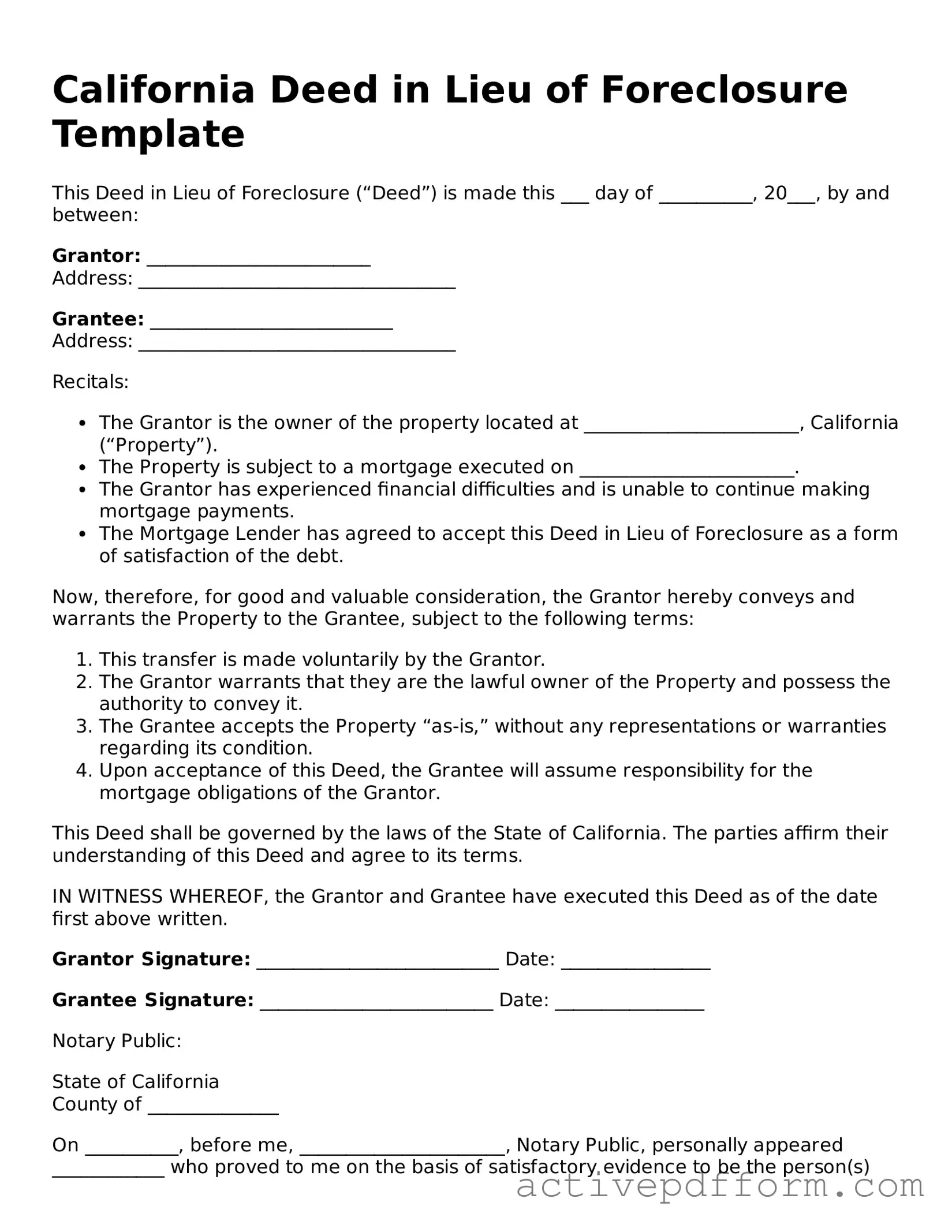What is a Deed in Lieu of Foreclosure?
A Deed in Lieu of Foreclosure is a legal agreement between a homeowner and a lender. In this arrangement, the homeowner voluntarily transfers ownership of their property to the lender to avoid the foreclosure process. This option can help the homeowner avoid the negative impact of foreclosure on their credit score and may provide a smoother transition from the property.
What are the benefits of a Deed in Lieu of Foreclosure?
There are several benefits to consider. First, it can help you avoid the lengthy and stressful foreclosure process. Second, it may have a less damaging effect on your credit score compared to foreclosure. Additionally, it can provide a quicker resolution, allowing you to move on with your life. Lastly, some lenders may even offer relocation assistance as part of the agreement.
Who qualifies for a Deed in Lieu of Foreclosure?
Typically, homeowners who are facing financial difficulties and are unable to continue making mortgage payments may qualify. However, lenders will evaluate your specific situation. Factors such as the current value of the property, your payment history, and your willingness to cooperate with the lender will play a role in determining eligibility.
What steps are involved in the Deed in Lieu of Foreclosure process?
The process usually begins with contacting your lender to express your interest in a Deed in Lieu of Foreclosure. After this, you will need to provide documentation about your financial situation. The lender will review your information and, if approved, they will prepare the necessary paperwork. Finally, you will sign the deed, transferring ownership to the lender.
Will I still owe money after completing a Deed in Lieu of Foreclosure?
In many cases, a Deed in Lieu of Foreclosure can relieve you of your mortgage debt. However, this depends on the specific terms negotiated with your lender. It is essential to clarify whether the lender will pursue any deficiency judgments against you for the remaining balance on the mortgage. Always ask your lender about this before finalizing the agreement.
How does a Deed in Lieu of Foreclosure affect my credit score?
While a Deed in Lieu of Foreclosure will still impact your credit score, it is generally less damaging than a foreclosure. A foreclosure can remain on your credit report for up to seven years, while a Deed in Lieu may only stay for about four years. However, the exact impact can vary based on your overall credit history.
Can I still buy a home after a Deed in Lieu of Foreclosure?
Yes, you can still buy a home after completing a Deed in Lieu of Foreclosure. However, it may take some time before you can qualify for a mortgage again. Lenders typically require a waiting period, which can range from two to four years, depending on their policies and the circumstances surrounding your situation.
Should I consult a lawyer before proceeding with a Deed in Lieu of Foreclosure?
Consulting a lawyer is often a wise decision. A legal professional can help you understand your rights and obligations, as well as ensure that the process is handled correctly. They can also assist in negotiating terms with your lender, providing you with the best possible outcome for your situation.
